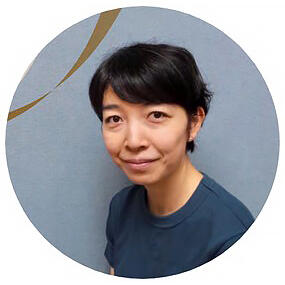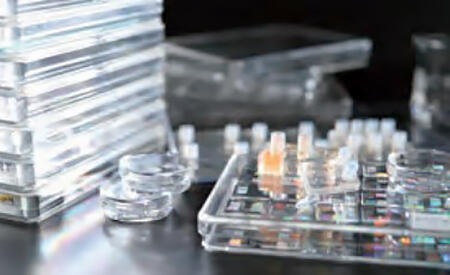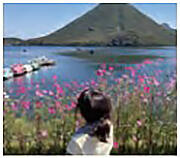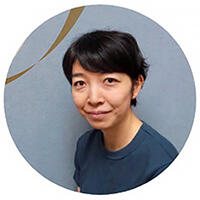
National Institutes for Quantum Science and Technology Principle Researcher, Department of Advanced Functional Materials Research, Takasaki Advanced Radiation Research Institute, Quantum Beam Science Research Directorate
Q1. What made you choose a career in science?
A1. I had my eyes opened to the fun of physics after reading Carl Sagan's COSMOS.
Actually, I wanted to be a liberal arts student until the middle of my high school life. My parents advised me that "Academia is not divided into the humanities or sciences" So I started reading books in libraries to find out what I wanted to do, and I came across astronomer Carl Sagan's COSMOS. It taught me that there is science based on philosophy, and I became interested in science in general, especially physics.
As I advanced to university and thought, "I want to learn something that is useful to other people," I was fascinated by the world of "quantum beams" that can make changes to materials at extremely small levels, such as the molecular and the atomic. The appeal of quantum beams is that they can cut and connect molecules without the use of chemicals or similar means to fundamentally change the properties of those materials. I wanted to make a new material from scratch with my own hands. That became the driving force for my research.

Q2. What led you to focus on cell cultures?
A2. I want to use quantum beams to create a culture environment that is similar to what we have inside our bodies.
For difficult diseases considered incurable, we often fail to successfully cultivate the cells that have been extracted, and the cause of the disease is seldom identified. When someone gets sick, you take cells from their body to investigate the cause, but most of them are cultivated on hard plastic plates. However, cells in the body act in a jelly-like soft environment made of protein and sugar, so cells taken out into a different environment behave quite differently from those in the body. Even if we investigate them in this state, we cannot find the correct cause. Thus, I thought that it might be possible to create an environment similar to that in the body by using quantum beams. This is what led me to work on the development of cell culture substrates.
In July 2021, we succeeded in developing a "flexible cell culture thin film" that would deform even from the tiny force of a cell pulling at its adhesive surface. The cells on the solid plastic just spread out in a plane shape, but if you cultivate them on this thin film, you can make the cells create three-dimensional structures such as folds and protrusions. We are currently going ahead with this research in the hope of applying this to cell sheets for transplantation that will also fit on uneven organ surfaces, such as the stomach and intestines.
ACT-X has allowed me to interact with people in fields I was not previously involved with. I was able to realize that many people are having trouble with cell culture, and there is a need for such culture substrates, which really made me feel that I was on the right track with my own research.
Q3. What are your goals for the next 10 years?
A3. I want my cell culture substrate to become a new standard.
It is difficult to understand phenomena in the body only with cultured cells. For example, to accurately assess the effects of medicines, many animals must be sacrificed. In order to improve this situation as much as possible, I would like to create a culture substrate that can accurately reproduce the behavior of cells in the body and draw out specific cell functions. Ten years from now, I hope it becomes a new standard for cell culture substrates.
In addition to culture substrates, we are also improving and developing medical equipment for transplantations, such as artificial blood vessels. Research and development should be promoted together with researchers in various fields, such as physics, chemistry, life sciences, medicine, and pharmacology. I want to keep challenging myself to expand the potential of quantum beams.


Profile
Born in Fukushima Prefecture.
In 2012, she completed her PhD from the Graduate School of Advanced Science and Engineering, Waseda University.
Doctor of Science.
That same year, she was hired by the Japan Atomic Energy Agency.
After working as chief researcher at the National Institutes for Quantum Science and Technology, she has been in her current position since 2021.
She has been an ACT-X researcher since 2020.




